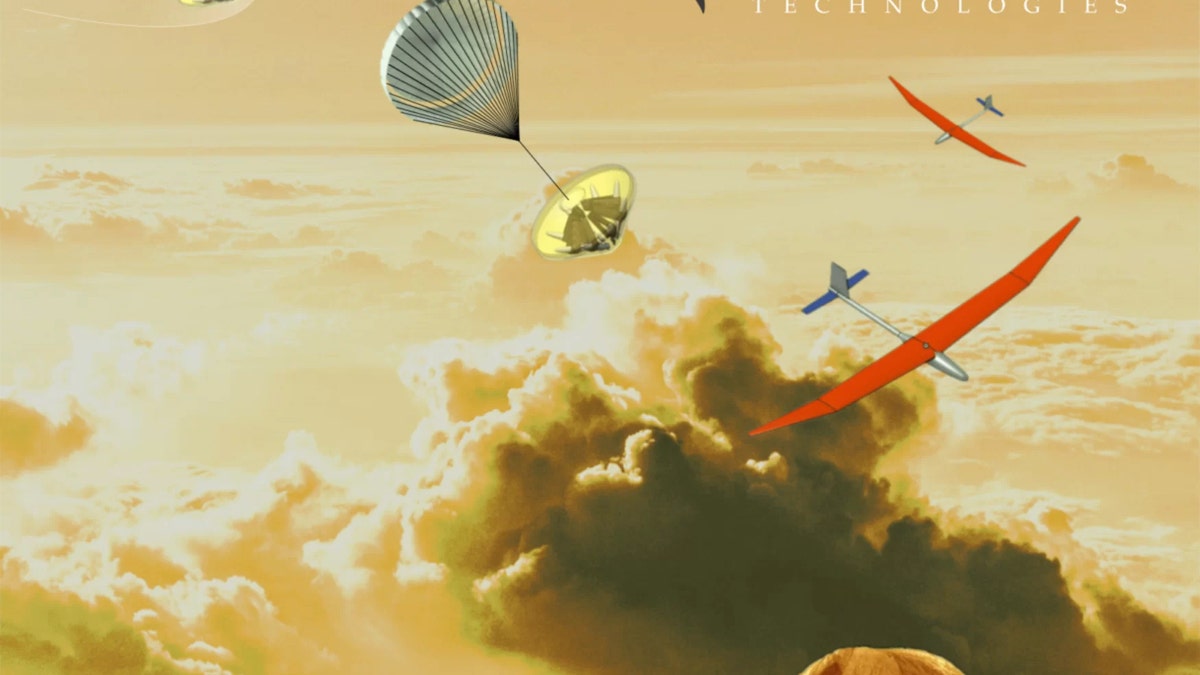
NASA has awarded Colorado company Black Swift Technologies a contract to develop a vehicle for potential use in the skies of Venus. Credit: Black Swift Technologies
NASA is interested in potentially exploring Venus' skies.
The space agency has awarded Colorado-based company Black Swift Technologies (BST) a contract to develop an aerial vehicle for atmospheric observations of Venus.
"Black Swift Technologies has provided aerial solutions for wild land fires, volcanic observations, tornadoes, and hurricanes — some of the most extreme phenomena on Earth," BST CEO Jack Elston said in a statement. "This mission is a natural extension of our focus, only now we are concentrating on the extreme conditions of Venus."
Dynamic soaring
As a specialized engineering firm, BST provides purpose-built scientific aerial platforms. The company is proposing a planetary aerial vehicle based on "dynamic soaring," which takes advantage of wind shear to generate lift and velocity. Here on Earth, small aircraft commonly use dynamic soaring, as do seabirds making long-distance migrations.
"Our solution will be designed to not only survive in the harsh wind environment, but also simultaneously perform targeted sampling of the atmosphere while continuously extracting energy, even on the dark side of the planet," Elston said.
Despite the fact that the surface temperature of Venus is hotter than any other planet in the solar system at 873 degrees Fahrenheit (467 degrees Celsius), the atmospheric pressure and temperature at about 30 miles (50 kilometers) to 40 miles (65 kilometers) above the surface of the planet are nearly the same as those of Earth.
That makes the planet's upper atmosphere perhaps the most Earth-like region in the solar system, even more so than the dry and frigid surface of Mars.
Super-rotation
The atmosphere of Venus is composed primarily of carbon dioxide and nitrogen and is much denser and hotter than that of Earth. The upper layer of Venus' atmosphere exhibits a phenomenon called "super-rotation," rotating much faster (every 4 Earth days) than the planet itself (every 243 Earth days).
The resulting winds blow at speeds up to 220 mph (360 km/h). But winds slow as the elevation from the surface decreases, with the breeze barely reaching 6 mph (10 km/h) on the Venusian surface.
This version of the story published on Space.com.




















